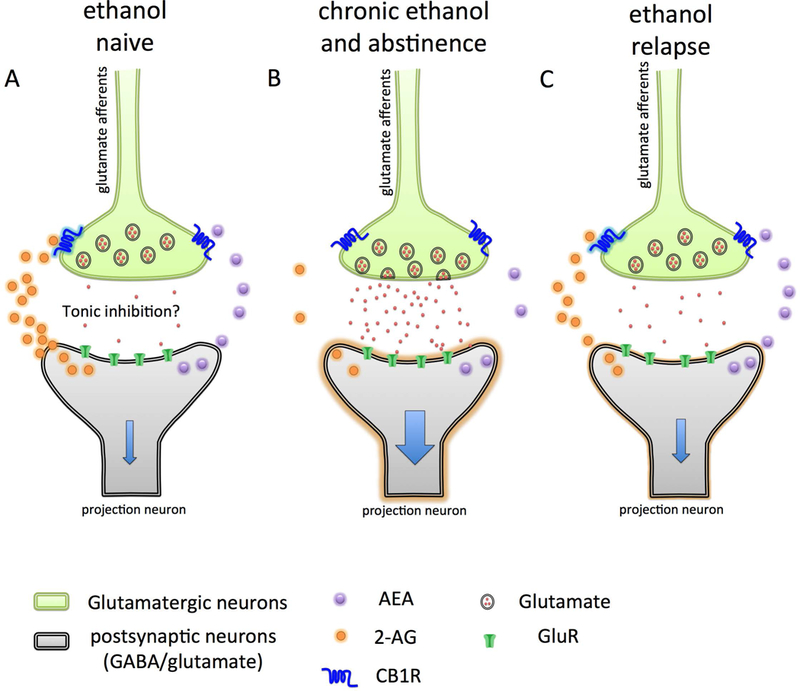Figure 3. A proposed mechanism of ethanol-induced dysregulation of endocannabinoid signaling in extended amygdala.

In ethanol naïve conditions (A) endocannabinoid signaling within the central nucleus of amygdala (CeA) and bed nucleus of stria terminalis (BNST) regulates the presynaptic release of glutamate through activation of CB1 receptors on glutamatergic inputs (light green), which dampens the activation of neurons of CeA and BNST (light gray). In ethanol abstinence, the levels of 2-arachidonoyl glycerol (2-AG) decreases, possibly through enhanced degradation by monoacylglycerol lipase (MAGL). The reduced 2-AG signaling at CB1 disinhibits glutamatergic inputs to CeA and BNST, resulting in increased glutamate release and firing of CeA and BNST neurons. Activation of CeA and BNST neurons further activates downstream brain nuclei involved in the brain stress system regulating the negative affective state. (C) Ethanol re-exposure increases the 2-AG levels through an unknown mechanism and temporarily alleviates negative emotional state. This model also suggests pharmacological inhibition of MAGL, which would increase 2-AG signaling, could reduce abstinence-induced EA over activation and negative affective states.
